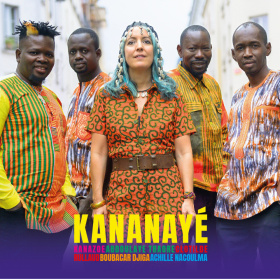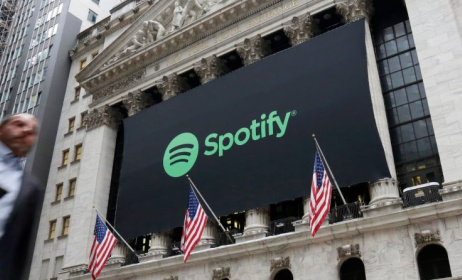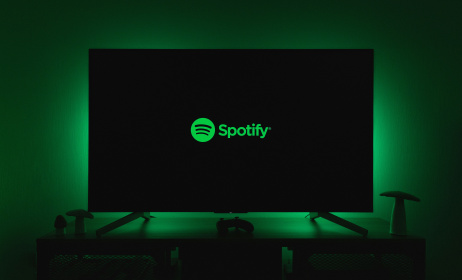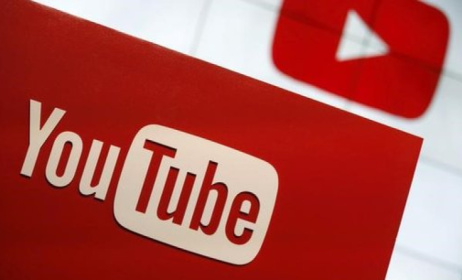Spotify courts YouTube creators in strategic video expansion
Spotify is making a bold move to attract some of YouTube’s top video creators, as it seeks to reposition itself beyond music and podcasts and establish a stronger foothold in the video space.
 Spotify’s outreach to YouTube creators is part of a wider effort to compete with established video platforms such as YouTube, Instagram, and TikTok.
Spotify’s outreach to YouTube creators is part of a wider effort to compete with established video platforms such as YouTube, Instagram, and TikTok.
Amid a slowdown in subscription growth, the streaming giant is reportedly offering select YouTube creators attractive, non-exclusive deals to bring their shows and videos to the platform. These deals do not require exclusivity, allowing creators to continue publishing their content across other platforms, including YouTube.
The strategy represents a marked departure from Spotify’s previous approach, which focused heavily on exclusive podcast deals with figures like Joe Rogan and Alex Cooper. According to Bloomberg, Spotify is now aiming to build a broad video catalogue without locking creators into restrictive agreements.
Incentives include direct financial compensation as well as marketing support, with the value of each deal typically determined by the creator’s reach and influence. A consistent feature across all partnerships is that the content remains non-exclusive.
Spotify’s outreach to YouTube creators is part of a wider effort to compete with established video platforms such as YouTube, Instagram, and TikTok. The company is also introducing new features to support video creators, including improved monetisation options and performance tracking tools. Premium subscribers can now enjoy ad-free video viewing, and Spotify is planning to share advertising revenue with creators who cater to users on the free tier, addressing long-standing concerns about intrusive advertising.
This expansion into video content is not merely a diversification effort but a strategic push to boost user engagement and reduce subscription cancellations. By offering more varied content formats, Spotify hopes to lengthen user time on the platform and appeal to a wider audience. Still, executives acknowledge the formidable challenge of competing with YouTube’s vast scale and established creator ecosystem.
“People make it out to be a winner-takes-all dynamic, as if there’s only one player that can solve it all, but what creators actually want is to be on multiple platforms,” Spotify CEO Daniel Ek said during a recent earnings call.
Despite its ambitious plans, Spotify faces several challenges. Independent creators, for example, must manage content distribution across various platforms without seamless tools for simultaneous uploads, increasing their workload. Additionally, Spotify’s video advertising infrastructure remains underdeveloped compared to YouTube’s, which may impact revenue generation for some partners.
A leaked Spotify pitch deck reveals that 300 million users have watched at least one video podcast on the platform, with 70% viewing the content in the foreground. The company currently estimates it has 675 million monthly active users, including 260 million paid subscribers.
Nevertheless, YouTube remains the dominant platform for podcasting and video consumption, bolstered by strong user engagement on television screens, a key area where Spotify still lags. While Spotify’s growing investment in video may eventually shift the balance, for now, YouTube maintains a clear lead in the race for video content supremacy.































Commentaires
s'identifier or register to post comments